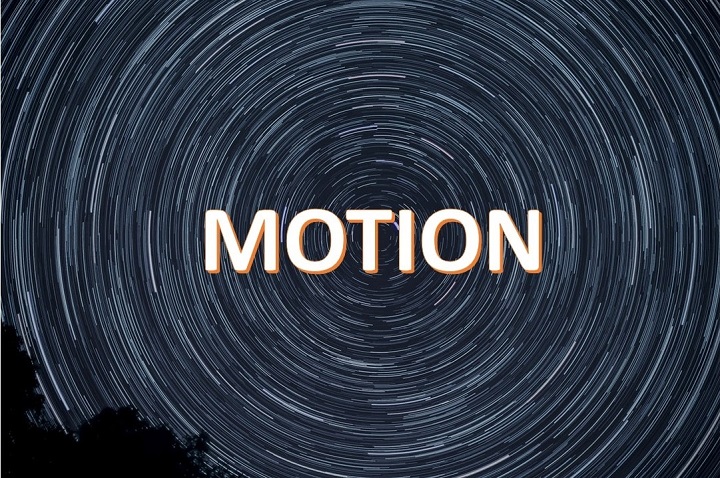Introduction
Motion is a fundamental concept in physics, and it refers to the movement of an object from one place to another. In this article, we will explore the various aspects of motion, including velocity, acceleration, and types of motion.
What is Motion?
Motion is a change in position of an object with respect to its surroundings in a given time. It can be observed by noting the position of an object at different times. Motion can be described as either linear or rotational.
1. Linear Motion
Linear motion refers to motion in a straight line. An object moving in a straight line is said to have rectilinear motion. For example, a car moving on a straight road has rectilinear motion.
2. Rotational Motion
Rotational motion refers to motion around an axis. An object moving around an axis is said to have rotational motion. For example, a spinning top has rotational motion.
Velocity
Velocity is the rate at which an object changes its position in a given time. It is a vector quantity, which means it has both magnitude and direction. The SI unit of velocity is meters per second (m/s).
1. Average Velocity
Average velocity is the displacement of an object divided by the time taken to cover that displacement. It is calculated as follows:
Average Velocity = (Final Position – Initial Position) / Time Taken
2. Instantaneous Velocity
Instantaneous velocity is the velocity of an object at a particular instant in time. It is calculated by finding the slope of the tangent to the position-time graph of the object at that instant.
3. Speed
Speed is the rate at which an object covers a distance. It is a scalar quantity, which means it has only magnitude and no direction. The SI unit of speed is also meters per second (m/s).
Acceleration
Acceleration is the rate at which an object changes its velocity in a given time. It is a vector quantity, which means it has both magnitude and direction. The SI unit of acceleration is meters per second squared (m/s²).
1. Average Acceleration
Average acceleration is the change in velocity of an object divided by the time taken for that change. It is calculated as follows:
Average Acceleration = (Final Velocity – Initial Velocity) / Time Taken
2. Instantaneous Acceleration
Instantaneous acceleration is the acceleration of an object at a particular instant in time. It is calculated by finding the slope of the tangent to the velocity-time graph of the object at that instant.
Types of Motion
There are different types of motion, including uniform motion, non-uniform motion, circular motion, and projectile motion.
1. Uniform Motion
Uniform motion is the motion of an object with a constant velocity. In uniform motion, the object covers equal distances in equal intervals of time.
2. Non-Uniform Motion
Non-uniform motion is the motion of an object with a changing velocity. In non-uniform motion, the object covers unequal distances in equal intervals of time.
3. Circular Motion
Circular motion is the motion of an object in a circular path. The object moves around a fixed point called the center of the circle.
4. Projectile Motion
Projectile motion is the motion of an object that is thrown or launched into the air. The motion of a projectile can be described as a combination of horizontal motion and vertical motion.
Conclusion
Motion is a fundamental concept in physics, and it plays an important role in our everyday lives. By understanding the concepts of motion, including velocity, acceleration, and types of motion, we can better understand the world around us.
FAQs
What is the difference between speed and velocity?
Ans. Speed is a scalar quantity that refers to the rate at which an object covers a distance, while velocity is a vector quantity that refers to the rate at which an object changes its position in a given time.
2. What is acceleration?
Ans. Acceleration is the rate at which an object changes its velocity in a given time.
3. What is projectile motions?
Ans. Projectile motion is the motion of an object that is thrown or launched into the air. The motion of a projectile can be described as a combination of horizontal motion and vertical motion.
4. What is uniform motion?
Ans. Uniform motion is the motion of an object with a constant velocity. In uniform motion, the object covers equal distances in equal intervals of time.
5. What is circular motion?
Ans. Circular motion is the motion of an object in a circular path. The object moves around a fixed point called the center of the circle.

